[ad_1]
Alan Cowell was the South Africa bureau chief for The New York Instances from 1983 to 1987, when the apartheid authorities expelled him from the nation.
At Johannesburg’s most important airport, round 400 individuals have been getting ready to board flights for Port Elizabeth and Cape City. Almost all of them filed previous the safety scanners with out incident to get to the departure lounges.
All besides one — Archbishop Desmond M. Tutu.
It was December 1986, and Archbishop Tutu was the chief of his nation’s Anglican believers, Black and white, and one of the vital revered figures on the helm of the battle towards apartheid, its religious middle of gravity. He had received the Nobel Peace Prize in 1984 for his braveness and dedication.
Nobody couldn’t have recognized who he was and what he stood for.
But of all of the passengers within the line he was the one traveler submitted to the indignity of a physique search. It appeared supposed as a lot as something to remind him of his chromatic standing within the apartheid nation.
Maybe, he mused, his steel pectoral cross had triggered an alarm.
“Did they assume it was a weapon?’’ he requested me.
Typically it’s the small, blink-and-you’ve-missed-it second relatively than the blaring headline that reminds reporters of the essence of the story they’ve been despatched to cowl.
That second has remained with me as a result of, contemplating every part that had occurred and would occur to his tortured land, the purpose behind his rhetorical query merited greater than passing consideration.
Perhaps the cross itself was not a weapon, however the religion and perception it stood for supplied the battle towards white minority rule an awesome ethical crucial that supplied challenges as a lot to the archbishop as to his adversaries.
The episode on the airport safety desk unfolded a number of years earlier than the discharge of Nelson Mandela in 1990 and the start of South Africa’s development towards democracy. It was a time of decisions, dictated variously by the mounting and more and more harsh protest of the segregated Black townships, the crucibles of revolt; by the obduracy of the white minority regime then led by President P.W. Botha; by rising worldwide stress for financial sanctions; and by what appeared an inexorable recourse to violence.
In all this, the archbishop’s promotion of his Christian striving for peace might need appeared doomed, a lonesome voice in a bloodstained wilderness.
“I’m shocked that radical Blacks are nonetheless prepared to say that we’re their leaders,” he stated at a information convention in January 1985. “What have we bought to indicate for all our discuss of peaceable change? Nothing.”
But he was not silenced, both in his opposition to apartheid or his rejection of probably the most excessive types of violence.
In these years, execution by hearth had change into an emblem of the battle, meted out by Black activists to accused traitors. Iconic photos of the accused being burned alive have been deployed within the propaganda wars that solid the Black battle, relying on the teller, as both barbarous or suffused with its personal fearsome justice.
Sometimes, an individual recognized or accused of being an informer for the white authorities could be run down and immobilized by an car tire round their higher our bodies. Then the tire could be doused in gasoline and ignited. The ritual was known as “necklacing.”
In a single episode within the township of Duduza in July 1985, I watched as then-Bishop Tutu and a fellow cleric, Simeon Nkoane, struggled and fought to rescue a person who had been singled out for such punishment, accused, regardless of his denials, of being a police undercover operative.
The passions of the second have been intense. It appeared sooner or later as if the person was destined for loss of life. He had been overwhelmed bloody and his automotive set on hearth to supply what one activist known as “his funeral pyre.”
‘’This undermines the battle,’‘ Bishop Tutu shouted as he sought to shelter the person.
‘’No, it encourages the battle!’‘ a member of the group shouted again on the bishop, who was clad in purple robes after officiating at a politically charged funeral, one other totemic function of occasions when scores died and their burials turned the arenas of but extra and ever-intensifying protest.
Finally that day in Duduza, the bishops prevailed and the alleged informer was pushed away.
It had been an act of probably reckless braveness by the clerics when their solely protect towards the wrath of the would-be executioners have been the crosses of their religion.
However it was in no way an uncommon instance of valor that we witnessed.
On one other event, Bishop Tutu interposed himself between protesters and police, producing a picture of 1 diminutive priest standing agency towards the armed may of the apartheid safety machine.
Within the period after Mr. Mandela assumed the presidency in 1994, the archbishop drew on different wellsprings of valor to preside over the Fact and Reconciliation Fee inquiries into rights abuses that defied even the worst expectations of human habits and challenged the opportunity of redemption.
All through the years of battle, clerics have been on the forefront, elevating their banners — Methodist, Catholic or Anglican — towards the white authorities who sought biblical justification for apartheid within the teachings of the segregated Dutch Reformed Church.
However there was at all times one other weapon within the archbishop’s armory along with his pectoral cross: humor.
At a fund-raiser within the early 2000s attended by the archbishop, one participant supplied to inform a joke to lighten the proceedings, however warned the viewers that he incessantly mangled the punchline, and that it was then met with silence.
“I’ll snort,” the archbishop shouted out.
And there was laughter.
[ad_2]

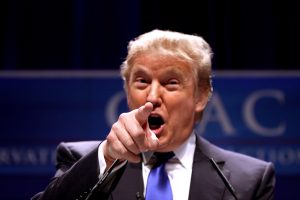
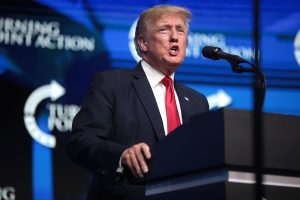
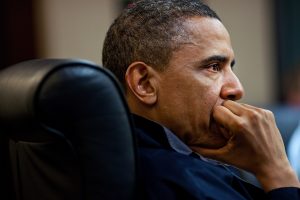
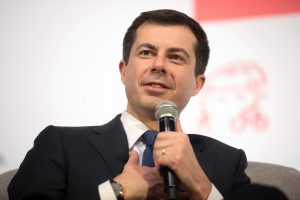
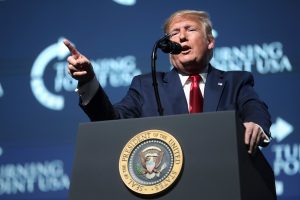
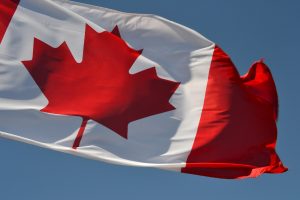


Leave a Reply